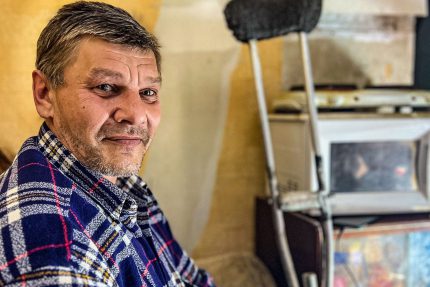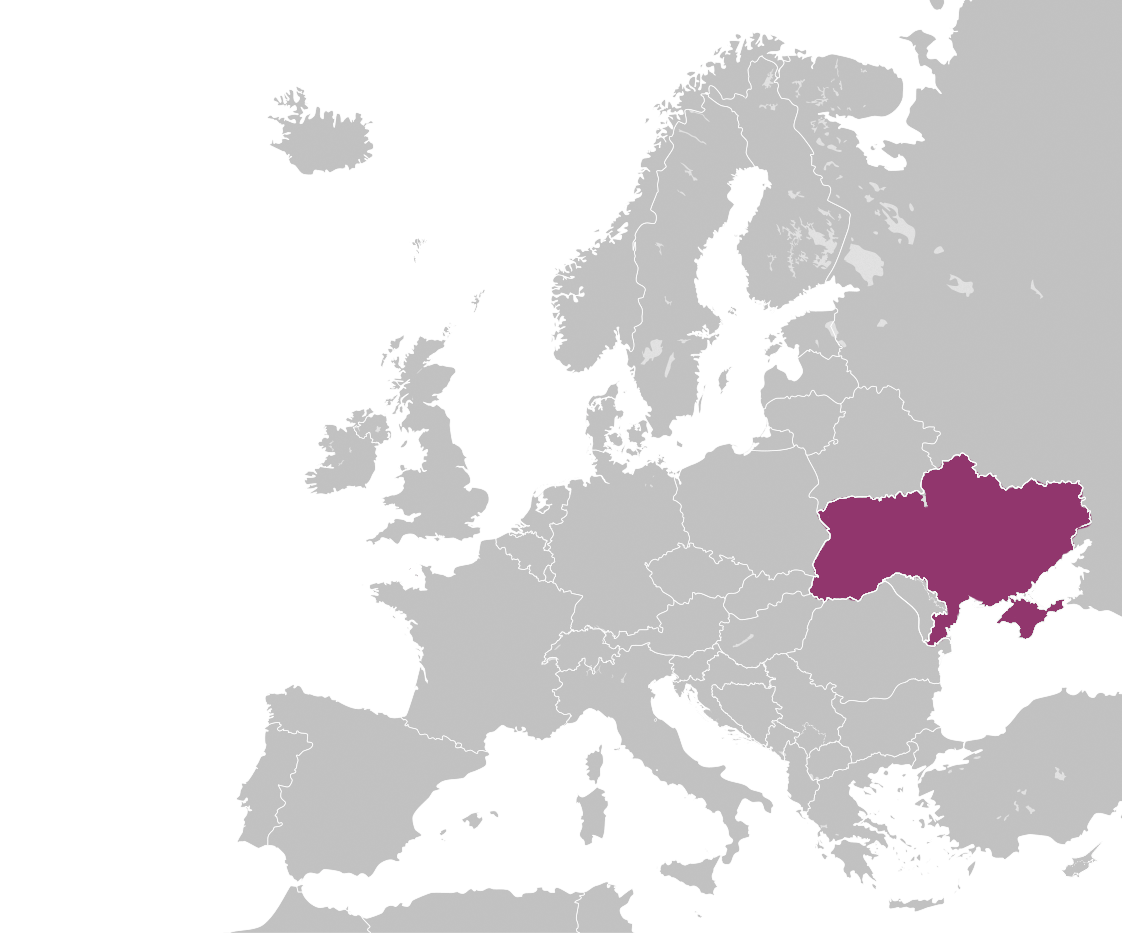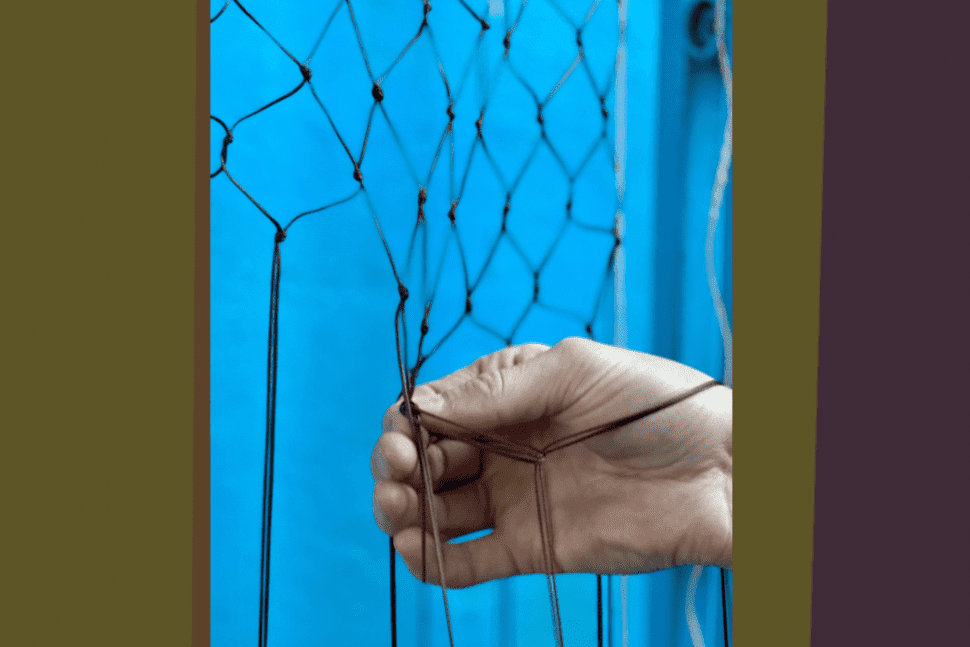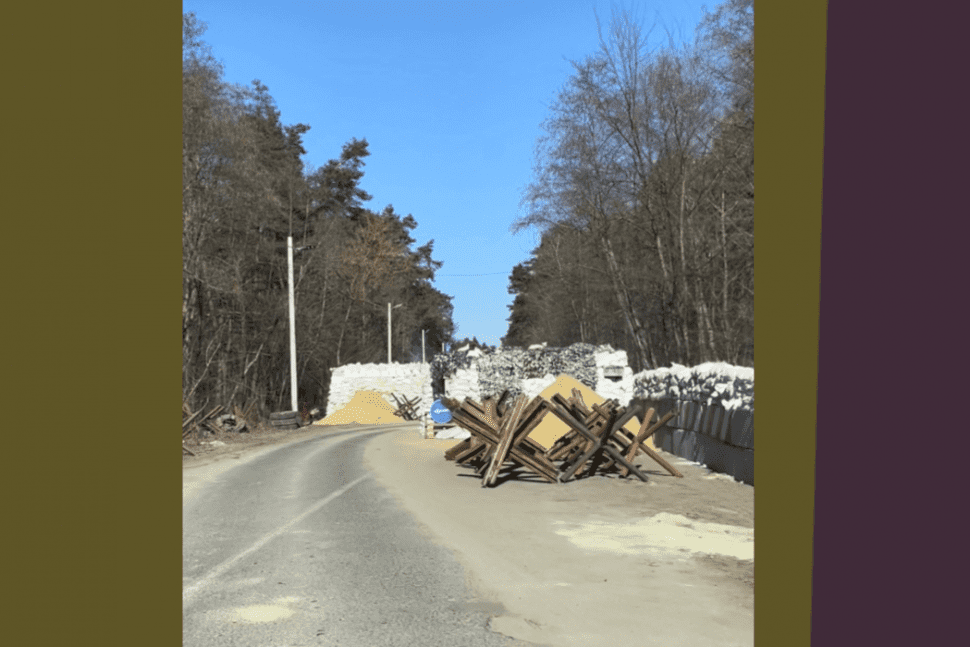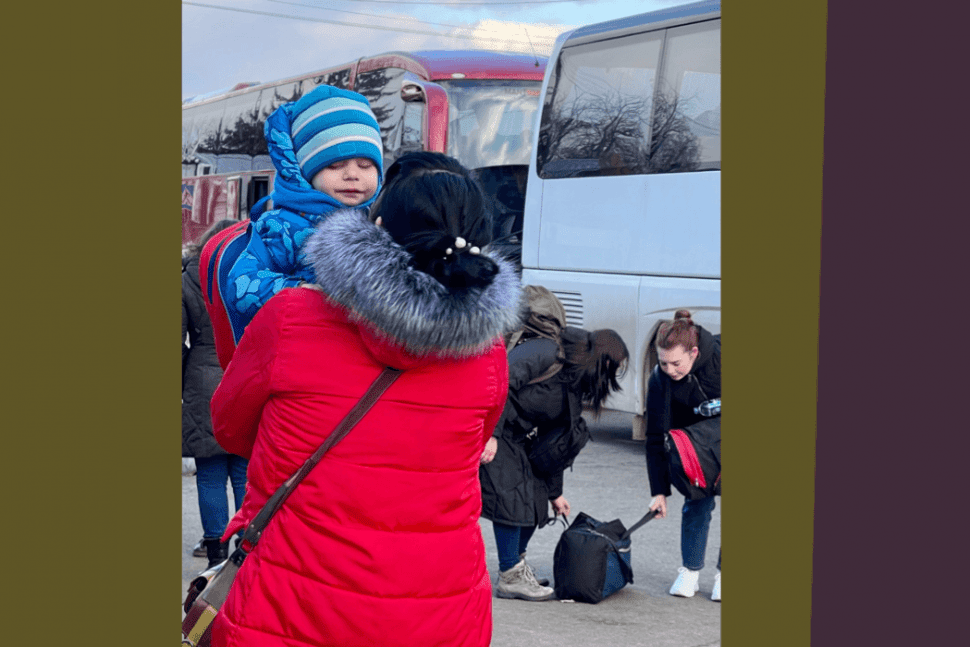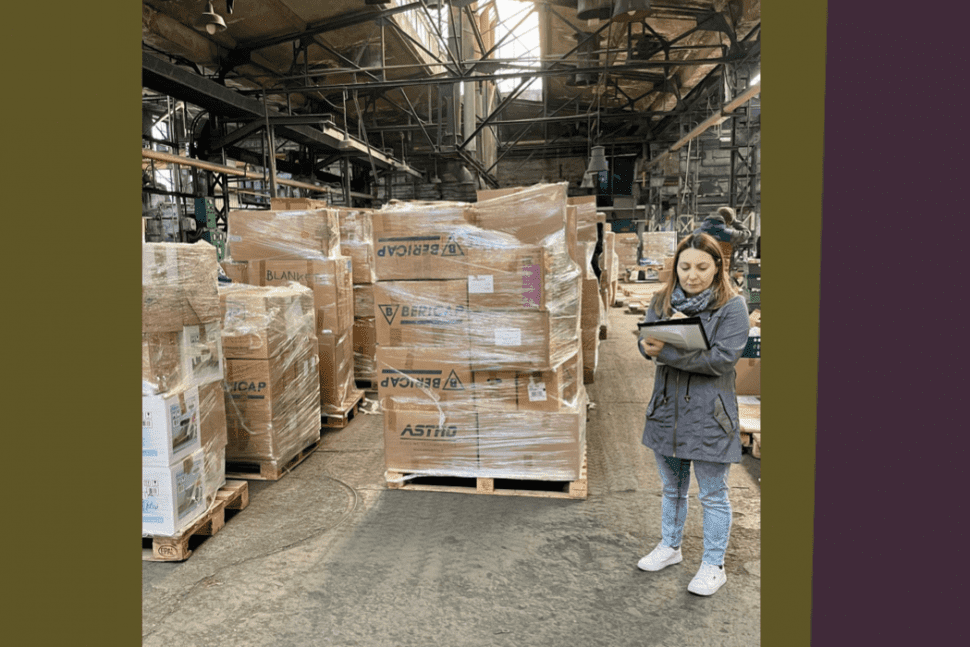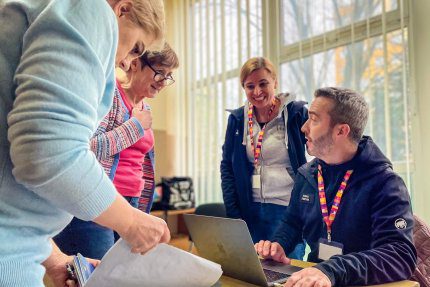There are no pupils in the school, although the building is buzzing like a beehive. The headmaster, teachers and residents are running around the corridors trying to respond to the needs of the women and children fleeing from the east. They have set up a reception centre here. The border is only a few dozen kilometres away. For those arriving from war-torn areas, this is the last stop on the Ukrainian side. In a few hours or so, they will leave their country, which has become a military training ground overnight.
The headmaster welcomes us and shows us around the facility. Proud of how everything is organised here, he shows us the gymnasium and several classrooms, which on one day alone were able to accommodate over 900 people. Since the beginning of the war, the school has taken care of several thousand refugees. The local community supplies the canteen and the clothing depot. The needs are great, but there is no shortage of volunteers to help. The school psychologist talks to the children and their mothers. It is the women who need help the most. They are devastated by the sight of their past turning into rubble, by the long days of living in fear for their children, and by the exhausting journey and separation from their husbands who stayed behind to defend their homeland.
“We can’t fight and kill,” a resident of a border town tells us. “We spend every free moment weaving nets and filling them with fabrics so that they serve our soldiers to camouflage tanks and important equipment.
There are more such places on the Ukrainian side. We supported one such place yesterday, donating basic necessities to 30 children evacuated directly from the bombardment. We have also been to Lviv to see with our own eyes the scale of the needs, to talk to people and to organise practical help.
We are doing what we can and at what we are best. Thank you for your trust. Without you we would not be able to do anything!
